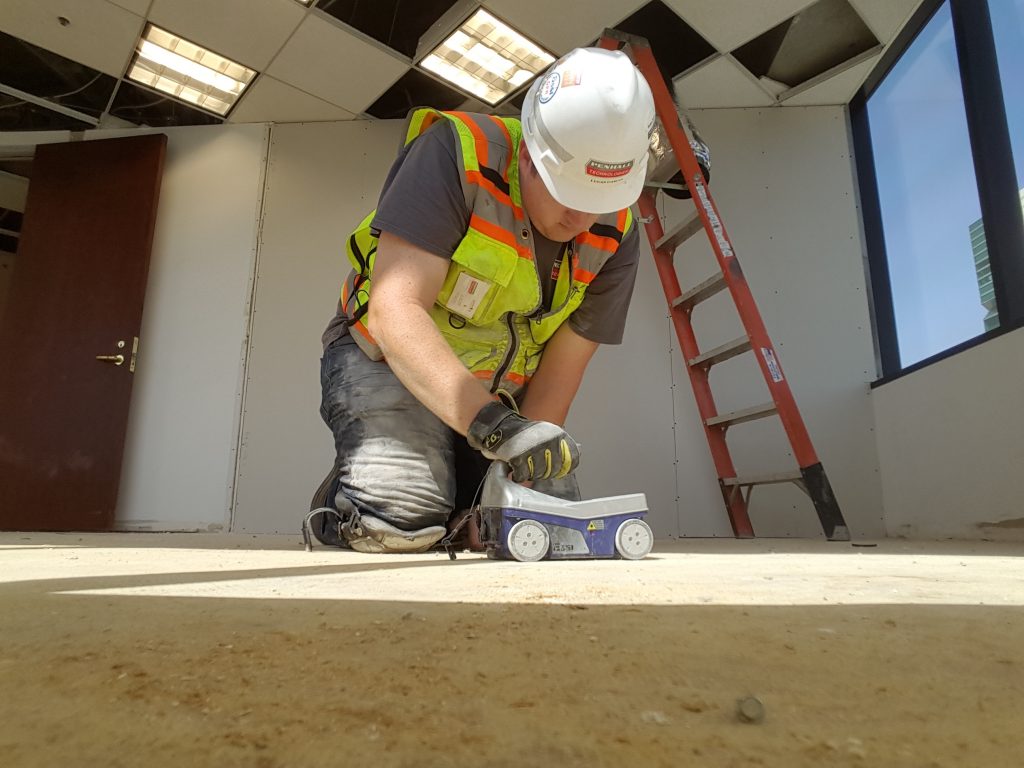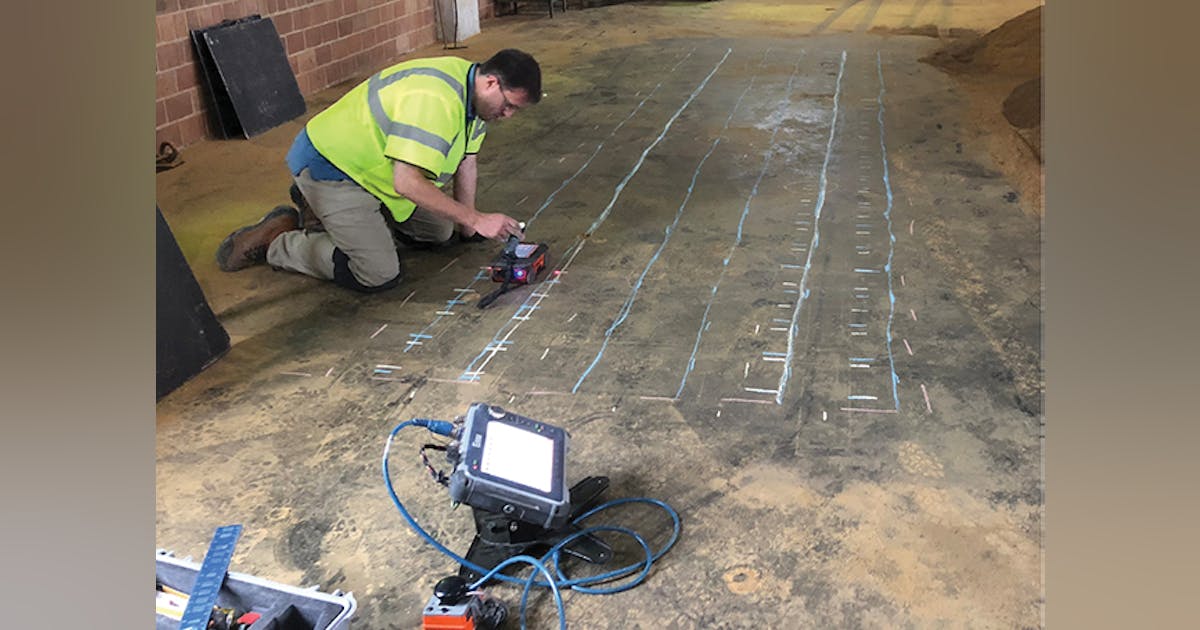Beyond the Surface: Leveraging Advanced Concrete Scanning Techniques for Unmatched Accuracy and Understanding
Advanced concrete scanning strategies have arised as crucial devices in this search, offering a glance under the surface area to introduce a world of important understandings. By using cutting-edge modern technologies, specialists can reveal abnormalities, analyze the problem of concrete frameworks, and make educated choices that form the course of jobs.
Relevance of Advanced Concrete Scanning
The value of making use of sophisticated concrete scanning techniques hinges on the exceptional accuracy they offer for discovering sub-surface abnormalities and making certain architectural honesty. By utilizing cutting-edge technologies such as ground-penetrating radar (GPR), electro-magnetic induction, and advanced finder imaging, construction specialists can dive below the surface of concrete frameworks with a level of accuracy that far exceeds traditional evaluation approaches. Concrete Scanning. These strategies make it possible for the recognition of concealed risks like rebar rust, gaps, channels, or post-tension wires that might compromise the stability and safety of a structure in time
Moreover, progressed concrete scanning supplies invaluable insights into the total problem of a concrete element without the requirement for invasive procedures, lessening the threat of triggering damage during the analysis process. The capability to identify the specific area and depth of potential problems enables targeted repairs and maintenance, eventually prolonging the life expectancy of the framework and optimizing its performance. Fundamentally, the value of sophisticated concrete scanning can not be overstated in the realm of building and infrastructure maintenance, where accuracy and dependability are vital.
Types of Cutting-Edge Technologies

Abnormalities and Defect Detection

In enhancement to GPR, concrete scanning methods like thermography and impact-echo testing are additionally reliable in discovering issues and anomalies. By leveraging these advanced techniques, specialists can proactively address architectural issues, ensuring the long life and security of concrete frameworks.
Assessing Concrete Condition
How can designers precisely evaluate the problem of concrete frameworks to guarantee their long life and security? Numerous innovative concrete scanning strategies are employed for this function. Ground-penetrating radar (GPR) is frequently used to assess the internal framework of concrete, finding gaps, cracks, and other abnormalities that might endanger its strength.
Combining non-destructive screening approaches with aesthetic examinations permits for a thorough analysis of concrete problem, allowing engineers to identify potential issues early on and implement prompt upkeep or fixings. By leveraging these innovative techniques, engineers can ensure the lasting toughness and safety and security of concrete frameworks.
Enhancing Decision-Making Procedures
In the realm of framework his response monitoring, enhancing decision-making processes is imperative for ensuring the effective maintenance and long life of concrete frameworks. Boosted decision-making processes in concrete administration include making use of sophisticated scanning methods to gather thorough data on the problem of structures. By leveraging technologies such as ground-penetrating radar and 3D imaging, stakeholders can visit here make enlightened decisions pertaining to substitute, reinforcement, or repair methods.
These advanced scanning methods provide very useful understandings right into the interior structure of concrete, identifying possible issues such as gaps, fractures, or corrosion that might not be visible on the surface area. This level of detailed information permits positive upkeep preparation, minimizing the danger of architectural failures and boosting the general lifespan of concrete frameworks.
Furthermore, by incorporating electronic paperwork and evaluation tools into the decision-making procedure, stakeholders can track the evolution of concrete conditions with time, enabling predictive maintenance methods and optimizing resource allocation. Eventually, the integration of sophisticated concrete scanning techniques improves decision-making processes by providing unrivaled accuracy, understanding, and effectiveness in facilities monitoring.
Verdict
Finally, advanced concrete scanning techniques use unequaled accuracy and insight in discovering anomalies, problems, and assessing the problem of concrete frameworks. By leveraging sophisticated modern technologies, decision-making processes can be enhanced, leading to even more effective and informed remedies for keeping and fixing concrete facilities. These techniques play an essential role in ensuring the safety and durability of concrete structures, making them an important device in the field of building and engineering.
Moreover, advanced concrete scanning supplies important insights right into the overall problem of a concrete element without the requirement for invasive procedures, reducing the threat of triggering damages during the analysis process - Concrete Scanning. An additional ingenious modern technology is 3D X-ray scanning, which offers detailed pictures of the inner structure of concrete, supplying useful information without the requirement for destructive screening. Furthermore, Concrete Cover Meters are made use of to determine the thickness of concrete cover over support bars precisely. Enhanced decision-making procedures in concrete administration include utilizing innovative scanning methods to gather thorough data on the condition of frameworks.In final thought, progressed concrete scanning techniques use unequaled accuracy and understanding in you could try these out discovering abnormalities, problems, and analyzing the condition of concrete frameworks